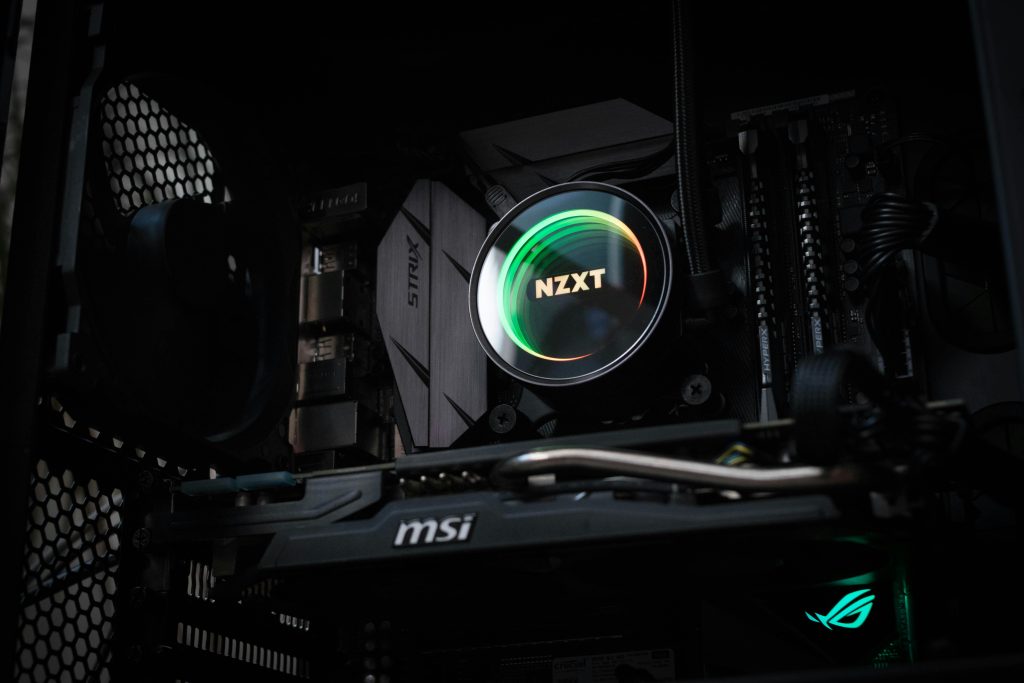Title: Troubleshooting Windows Update and System Performance Issues: A Step-by-Step Guide
Introduction
Experiencing difficulties with Windows updates and system performance can be incredibly frustrating. When the Settings app becomes unresponsive, update screens hang, and programs crash or freeze, it can severely impact your productivity and overall user experience. In this article, we’ll explore common causes of these issues and provide practical solutions to help you restore your Windows system to optimal working order.
Identifying the Symptoms
Some typical signs of system problems include:
- The Windows Update screen remains stuck loading.
- The Settings app fails to open or becomes unresponsive.
- System-wide performance issues, including programs not launching properly or crashing.
- The display occasionally turns entirely white, prompting a restart.
- Certain applications, like graphics drivers or games, open but then freeze or crash.
- Web browsers continue to function normally, indicating specific component issues rather than a total system failure.
Common Troubleshooting Steps
- Run System File Checker (SFC)
Since you’ve already executed ‘sfc /scannow’ and received messages about corrupted files being fixed, this is a good initial step. To ensure comprehensive repairs:
- Open Command Prompt as an administrator.
- Run:
sfc /scannow -
After completion, restart your computer and check if issues persist.
-
Clear Windows Update Cache
Corrupted update files can cause update failures. You mentioned deleting contents from C:\Windows\SoftwareDistribution\Download; ensure you also stop the Windows Update service before deleting, then restart the service:
- Open Command Prompt as an administrator.
- Execute:
net stop wuauserv
net stop bits - Navigate to
C:\Windows\SoftwareDistribution\Downloadand delete its contents. - Restart the services:
net start wuauserv
net start bits -
Try running Windows Update again.
-
Check for Malware and Viruses
Malware can cause system instability. Run a full system scan with a trusted antivirus or antimalware tool such as Windows Defender or Malwarebytes.
- Update Graphics Drivers
Your mention of issues with AMD graphics software suggests driver-related problems:
- Visit the AMD official website and download the latest drivers compatible with your graphics card.
- Alternatively, use Device Manager:
- Right-click the Start button and select ‘Device Manager.’
- Locate ‘Display adapters,’ right-click your AMD graphics card, and select ‘Update
Share this content:



